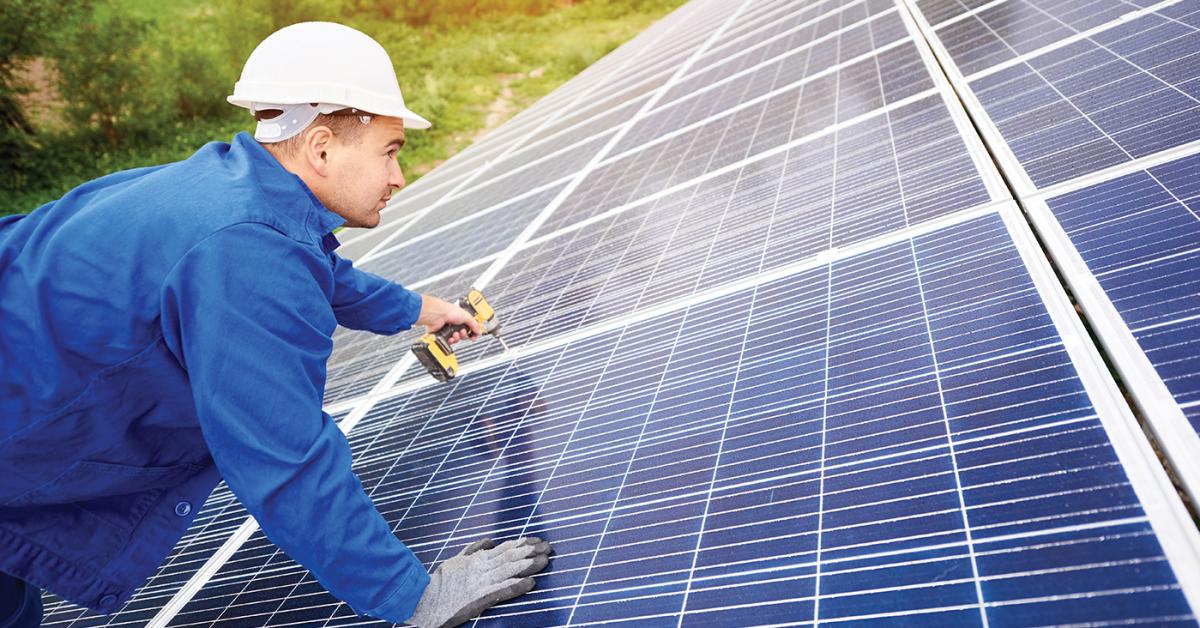CHICAGO — As energy costs have risen sharply over the past few years, many dry cleaners have been on a renewed quest to find ways to lower their expenses without sacrificing the quality they offer their customers.
While some of the solutions may require an initial outlay, many cleaners find that their new equipment is paying for itself fairly quickly, leaving them with a more efficient, cost-effective operation.
Boiling Under
Joe Ziccarelli, president of Owl Cleaners in the Pittsburgh area, says he has found different methods of lowering his monthly energy bills. One of these solutions is a new, high-efficiency boiler in his plant, which services five locations.
“We’re looking at between 20% and 25% in gas savings, which is substantial,” he says. “We’re not doing anything differently in the plant, so it’s a good direct comparison. It was expensive — about $70,000 — but it was worth the investment. I’d rather make a significant capital investment and have it pay off over time.”
Ziccarelli says that his monthly bill to run the boiler dropped from about $3,000 to $2,500. “That’s $6,000 a year in savings,” he says. “It was something that needed to be done.”
The boiler room was also where Esteban Corona, production manager of Greene’s Cleaners in Napa, California, found a place to save in his plant, which serves five drycleaning stores in his area.
“We replaced our two boilers about five years ago with more efficient boilers,” he says. “The old ones were about 30 years old, and they used twice as much gas. They were also a maintenance nightmare — every week, something seemed to go wrong with them.”
Robert Strong, president of Country Club Cleaners and Brightleaf Cleaners in Alameda County, California, also found a way to save with heating the water necessary for his operation.
“We installed tankless hot water heaters, so we have constant hot water that never runs out,” he says. “That’s also more energy-efficient because it only warms the water when you need it. It doesn’t keep the tank heating up a boiling pot of water there all the time and doesn’t take any sort of management to operate.”
While the tankless water heaters save money for Strong in the short term, they also look to be a winner in the long run.
“They last longer than the traditional tank hot water heaters, and the service on them has been minimal,” he says. “A tank hot water heater will last about five to seven years here with our water because it’s such poor quality. These tankless heaters will go for 20 years.”
Bright Ideas
For Corona and Strong, real energy savings also occurred when they took advantage of the power of the sun. Both have installed solar panels on their roofs to take advantage of the clean, free energy.
“Our first major step was back in 2015 when I believe, to my knowledge, we were the first dry cleaner in California to be solar-powered,” Strong says. At that time, he had solar panels installed on the roof of one of his company’s three drycleaning plants. “That was our first big step into energy savings. We were paying $4,000 to $5,000 in electricity each month.”
Strong saw immediate savings once the solar technology came online.
“Depending on the time of year, it could be 85% to 90% of the electricity we use,” he says. “In the winter, that might go down to less than 50%.”
Strong estimates he’s saving at least an average of $1,700 per month on his electric bill. “That was basically making my payment on the loan,” he said. “It did pay for itself in less than three years. Now, it’s just free electricity.”
While his plant needs it a lot less, he notes that it’s still necessary for his plant to be connected to the electric grid.
“We’re not completely solar-powered,” Strong says, “and I would advise other dry cleaners that they don’t need to go 100%, because of tiered electricity pricing. The cost of electricity at the first tier of use is lower than what it costs to install more solar panels, meaning there’s no payout in being 100% solar-powered. I think the sweet spot is about 80%. Incrementally, it gets more and more expensive to be 100%.”
In addition to a solar-powered system in his own plant, Corona developed a method of recycling the heat gathered by his water-cooled drycleaning machine.
“The solar panels took about two years to develop — we hired an outside contractor for that, so that was out of our hands,” he says. “The water tank collector was something we designed and installed ourselves. The drycleaning machines are water-cooled while they’re running, and that water usually goes down the drain. Now, it goes through a copper tube and comes out a little warm, and then gets stored in a 200-gallon tank. We collect it and use that recycled water to wash our clothes.”
For Corona, the solar energy, recycled heated water and high-efficiency boilers all play a part in the same overall solution for his company.
“I looked at the four biggest expenses that we have, and PG&E (Pacific Gas & Electric Company) was one of them,” he said. “We started to think of solutions about how to fix that. The solar panels was an easy one. It was the water tank collector that took some thought.”
Come back Tuesday for Part 2 of this series, where we’ll examine the impact that alternative fuel vehicles can have on a drycleaning business.
Have a question or comment? E-mail our editor Dave Davis at [email protected].



